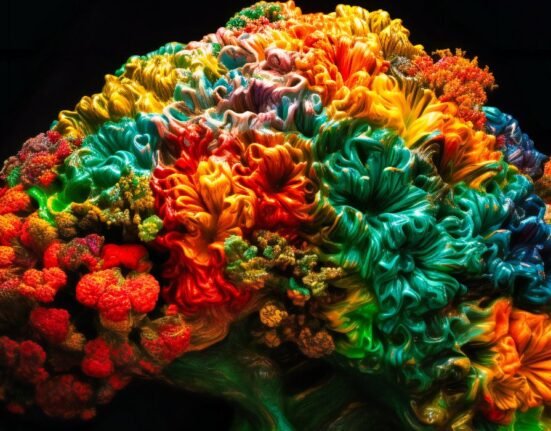A research paper by Vasilyeva, Gopnik, and Lombrozon (2018) on the development of structural thinking about social categories begins with a popular cognitive bias we all have. Most of us believe that boys prefer blue color and girls prefer pink color. But is that true? Or is it just a structural constraint? People often develop social categories based on such prejudiced thoughts. Different approaches to cognitive biases explain this process in distinct ways. In this article, we’ll focus on an internalist approach to social categorization which is “psychological essentialism”.
Psychological essentialism is the tendency of individuals to represent certain categories in terms of underlying essences that are constitutive of category membership and/or causally responsible for key category features (Gelman, 2003). The term psychological essentialism was coined by Medin ((1989; Medin & Ortony, 1989). It is a belief that members of the same category or group always possess the same identity and doesn’t change according to individual characteristics. It is the root cause behind several distorted thoughts like prejudice, stereotype, and discrimination which has adverse implications in diverse areas like organizational settings and in interpersonal relationships. Medin and Ortony (1989) mentioned that though often people don’t really know what are the characteristics that make members of the same group similar, they always tend to believe that such similarities exist. Psychological essentialism leads to prejudices and discrimination when it affects an individual’s social perceptions and attribution of others’ behaviors to the group they belong to. Medin and Ortony (1989) investigated this aspect from the perspective of five domains; race and ethnicity, gender, sexual orientation, personality, and mental disorder.
Rothbart and Taylor conceptualized a two-component model for psychological essentialism. They argued that essential thinking is inalterable and thus people believe that members of the same group never change and their common characteristics remain over time. It is also formulated that those common features identified are inductively potent and determines the fundamental identity of the group members and possess inherent properties. And it is this strong interpretation of homogeneity among group members that results in stereotyped thinking. It is proved from previous research that essential thinkers are more prone to stereotyping others. Leyens et al. (2001) also proved that beyond stereotyping, essential thinkers are also characterized by infrahumanization effect and they perceive out-group members as less human than in-group members.
Essentialism can be explored from three perspectives as mentioned in the paper by Newman and Knobe in 2017 – causal essentialism, platonic essentialism, and general essentialism. In causal essentialism, people perceive the common features of categories based on natural kind like genetic characteristics. In platonic essentialism, categorization is made based on the underlying values that are common among the members of the group. And finally, general essentialism refers to an abstract structure that amalgamates all other superficial features identified to be similar. The researchers further argued that people involve in essential thinking, especially causal essentialism, because of the inherence heuristic. In such a bias, people believe that objects in the world have a specific pattern due to the inherent properties which are unalterable.
Essential thinking can have diverse negative implications. Some of the significant outcomes of essential thinking are summarized in the research paper by Haslam and Whelan (2008). From a review of existing literature, the researchers identified that essential thinkers who prejudice others based on race and ethnicity have difficulty adapting to the acculturation process, in both cases where they are the hosts or immigrants. Such people have difficulty accepting immigrants from other cultures and possess anti-immigrant prejudice, distancing or separation, and marginalization. Another major dimension of essential thinking is a gender stereotype. People often tend to differentiate men and women and consider men to be dominant and superior based on their exaggerations, which may not have any concrete evidence. Research also proved that essential thinking in women may even lead to self-stereotype where they believe that they are inferior to men. Gender stereotype further leads to essential thinking based on sexual orientation as well where homosexuality is seen as discrete. The research further extends to the study of the role of essential thinking in mental disorders where psychiatric stigma was found to be prevalent among individuals as well as the role in personality where certain individuals are discriminated against based on their personality traits.
Psychological essentialism is an important constituent of human cognition. It offers researchers opportunities to explore the underlying dimensions of essential thinking and how they impact interpersonal relations and social perception. Future research can also focus on strategies to manage the negative implications of essentialism as well. Studies can also explore if there are some positive implications for essential thinking well. Research can be further extended to exploring in-group and out-group perception, social identity formation, and social information processing. Psychological essentialism unites social psychology and cognitive psychology. Thus research from both perspectives will enable a holistic interpretation of essential thinking.












Leave feedback about this